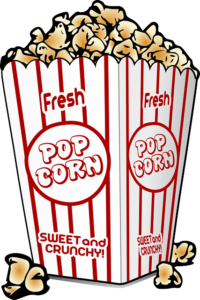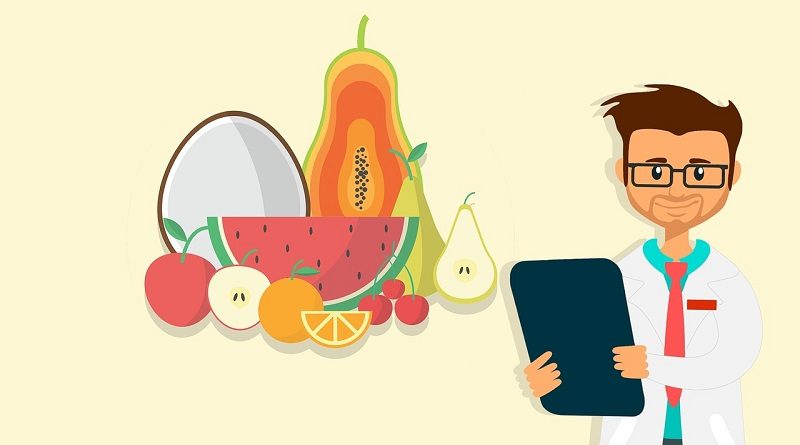Top Dieting Mistakes
Are you inadvertently sabotaging your diet? Every day, we make decisions about what to eat and when to eat, yet most of us are completely in the dark about what influences how much we choose to eat. This video reveals the top diet mistakes and how to fix them.
To some degree, everyone is guilty of unhealthy mindless eating, which is triggered by hidden cues that persuade us to overeat. By increasing your awareness of certain seemingly innocent triggers, you can become a healthy mindful eater and stop consuming unnecessary calories that add up to unwanted pounds.
Here are the top 5 habits that are making you gain weight and how to break them.
- Artificial sweeteners are up to 7000 times sweeter than natural sugars and this can desensitize taste buds. Choose natural alternatives such as honey or agave. Because these are all quite sweet tasting, you’ll find you don’t need to use much of them.
- Bag-to-mouth eating is a recipe for disaster since it’s impossible to gauge serving sizes this way. When you’re grabbing out of a seemingly bottomless pit, you’re likely to underestimate how much food you’ve actually eaten. Instead of eating from the package put it on a plate and then eat it.
- Meal multitasking means doing other things while you’re eating, such as: watching TV, reading or working at the computer. These habits take the focus off the food and make you more likely to overeat without realizing it.
 Tip: Find a place away from your desk or TV that is peaceful and free of anything that may take your focus away from your food.
Tip: Find a place away from your desk or TV that is peaceful and free of anything that may take your focus away from your food. - Studies show that whenever you eat with other people, you lose track of how much you’re eating. For instance, if you eat with just one other person, you’re likely to eat about 35% more than you normally would. When you eat with four people, your consumption rate jumps to 75% more.
To avoid mindless overeating, pace yourself with the
slowest eater. Also, try to be the last person to start eating. - What many people don’t realize is that “fat-free” does not mean low in calories. In fact, to make up for lack of flavour, manufacturers tend to add more sugar, flour and thickeners to fat-free products, which boosts calorie content. Stay away from deceptively low-fat packaged foods like cookies and crisps. Only choose low-fat food items that are not highly processed, such as low-fat dairy products including milk, cheese and yoghurt.








 Total views : 1937434
Total views : 1937434